IN OUR CART
02.02.10
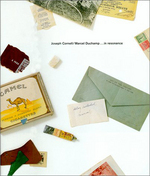
Best! Books! Ever! (Part 7!)
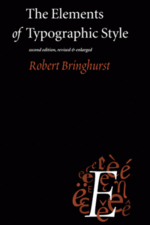 31. I keep one copy of The Elements of Typographic Style
31. I keep one copy of The Elements of Typographic StyleThe author talks about type the way that Gabriel Garcia Márquez speaks about people; with deep understanding, intelligence, flair and a sense of humor. Indeed, his book reads like a favorite novel. I've read it five times. In a similar way that a coach will teach a golfer how to create the perfect swing, Bringhurst teaches you an insider's understanding of the intricacies of working with type in a professional environment; of perfecting your typographic skills. No detail is overlooked, from setting an ellipsis (a row of 3 baseline dots) to the difference between the two slashes on your keyboard (use the virgule in place of a comma with words and dates, the solidus [the steeper slash] for split-level fractions). He shows you how to identify type styles and how to begin matching up typefaces (serifs and sans-serif) for a project. Here's an example of his text:
In a badly designed book, the letters mill and stand like starving horses in a field. In a book designed by rote, they sit like stale bread and mutton on the page. In a well-made book, where designer, compositor, and printer have all done their jobs, no matter how many thousands of lines and pages, the letters are alive. They dance in their seats. Sometimes they rise and dance in the margins and aisles.
Bringhurst then goes on to teach you exactly what he means. It's a reference book I always keep close by. It's also beautifully designed (of course!).
--James Reyman, Creative Director; Reyman Studio
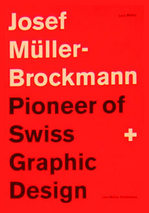 32. Considering a book something everyone (every designer?) should own is a weighty proposition, but here are some of my favorites:
32. Considering a book something everyone (every designer?) should own is a weighty proposition, but here are some of my favorites:Josef Muller-Brockmann: Pioneer of Swiss Graphic Design
G1: New Dimensions in Graphic Design
Joseph Cornell/Marcel Duchamp -- in resonance
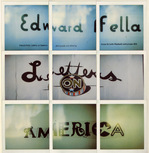 Edward Fella: Letters on America
Edward Fella: Letters on AmericaKarel Martens: printed matter/drukwerk, 2nd Edition
Soak Wash Rinse Spin
I Am Almost Always Hungry
 Carouschka's Tickets
Carouschka's TicketsNote from Gail: Brandon's right here. If you find a used copy, snag it. This huge volume's worth the investment.
And finally, the The Type Directors Club
Honestly, I find these books, buy them, and then don't look at them much. I really should refer to them more, though. They are really inspiring and great at giving a good "kick in the pants," as Rex Bonomelli stated in his list contribution.
--Brandon Jameson, Art Director; Axis 41
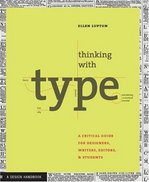 33. Thinking With Type, by Ellen Lupton, is a great guide to some of the basic elements of type as well as a in depth look at all of the different uses type can have. From a description of the anatomy of a letter, to usage in HTML, to grid structure, this book will show you the different ways to use type in an organized way while still being creative. I highly recommend it to all designers, and anyone who is a type lover.
33. Thinking With Type, by Ellen Lupton, is a great guide to some of the basic elements of type as well as a in depth look at all of the different uses type can have. From a description of the anatomy of a letter, to usage in HTML, to grid structure, this book will show you the different ways to use type in an organized way while still being creative. I highly recommend it to all designers, and anyone who is a type lover. --Glen J. Karpowich, Assistant Art Director; TV Guide Magazine
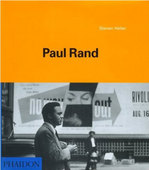 34. Paul Rand
34. Paul Rand--Len Small, Art Director; Tablet Magazine
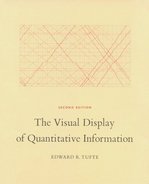 35. It's hard to narrow down just one favorite, but Edward Tufte's The Visual Display of Quantitative Information
is the one
35. It's hard to narrow down just one favorite, but Edward Tufte's The Visual Display of Quantitative Information
is the one I've found most enlightening and essential. While the book
goes into authoritative detail about best practices in data design, the underlying theories easily apply to any kind of information design. It's also refreshing to read a design book with such academic rigor and passion. It's obvious Tufte cares deeply about the work he discusses, even while criticizing examples
of poor design. He's not picking targets to be mean; he just wants everyone to design better! One of the rare books that
is as intellectually rewarding as it is visually. (Note from Gail: This book is also referenced in BBE List #6 and has come up since, so it's looking like a definite must-buy.)
--Michael Solita, Associate Art Director; IEEE Spectrum
See all of the titles from the Best! Books! Ever! Series here and visit our store for all the SPD essentials.
